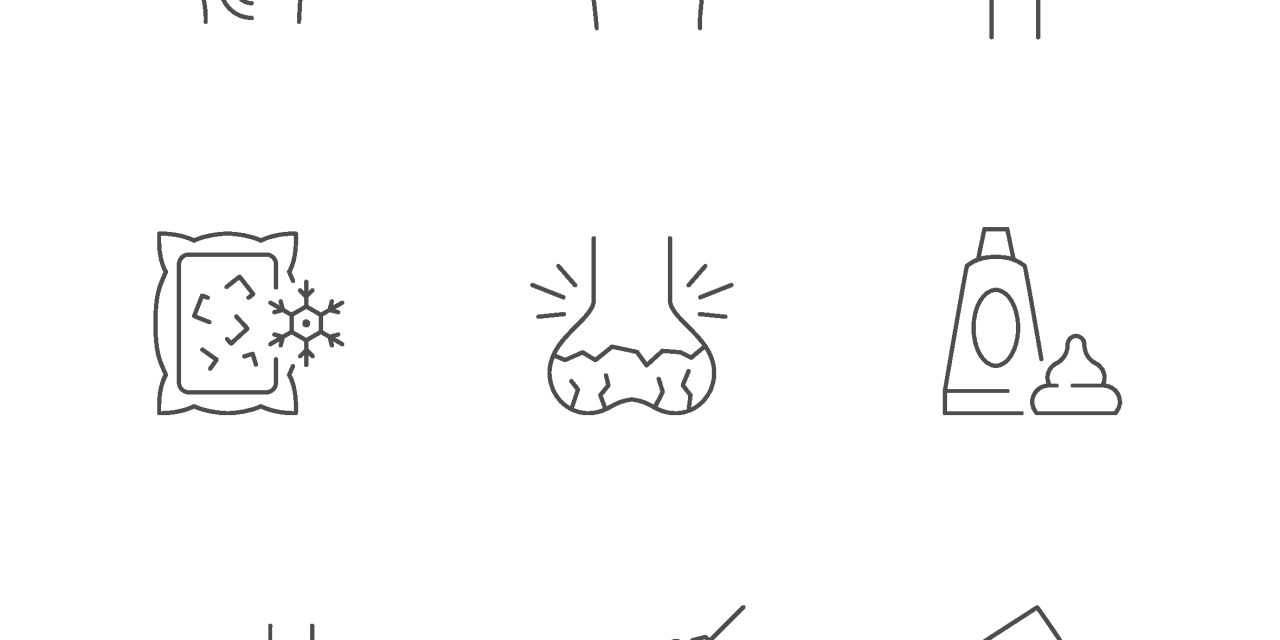The Systemic Lupus International Collaborating Clinics (SLICC) frailty index (FI) predicts mortality and damage accrual in SLE, but its association with hospitalizations has not been described. The number and duration of inpatient hospitalizations during follow‐up were recorded. Negative binomial regression was used to estimate the association between baseline SLICC‐FI values and hospitalization rate per patient‐year follow‐up. Linear regression was used to estimate the association of baseline SLICC‐FI scores with the proportion of follow‐up time spent in the hospital.
The 1549 SLE patients eligible for this analysis were mostly female (88.7%) with mean (SD) age 35.7 (13.3) years and median (IQR) disease duration 1.2 (0.9‐1.5) years at baseline. Mean (SD) baseline SLICC‐FI was 0.17 (0.08). Higher baseline SLICC‐FI values (per 0.05 increment) were associated with more frequent hospitalizations during follow‐up (Incidence Rate Ratio 1.21; 95%CI 1.13‐1.30), adjusting for baseline age, sex, corticosteroid use, immunosuppressive use, ethnicity/location, SLE disease activity index 2000 (SLEDAI‐2K), SLICC/ACR damage index (SDI), and disease duration. Among patients with ≥one hospitalization, higher baseline SLICC‐FI values predicted a more significant proportion of follow‐up time spent hospitalized (Relative Rate 1.09; 95%CI 1.02‐1.16).
In conclusion, the SLICC‐FI predicts future hospitalizations among incident SLE patients, further supporting the SLICC‐FI as a valid health measure in SLE.


